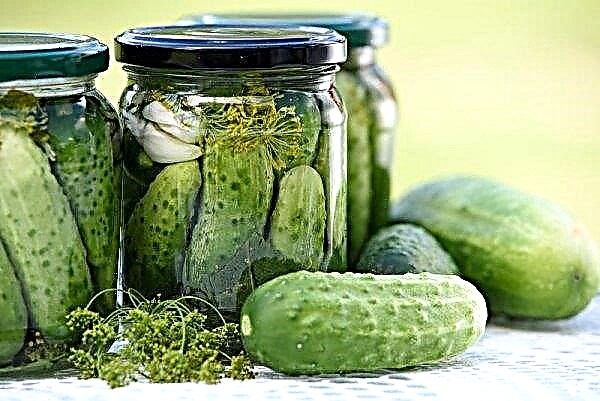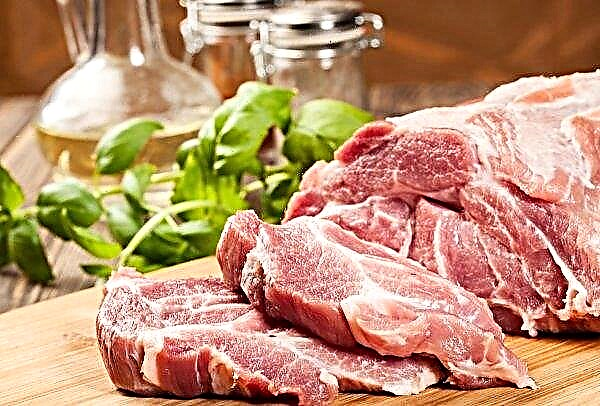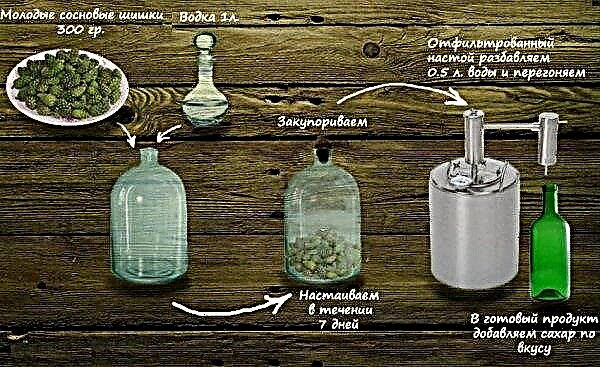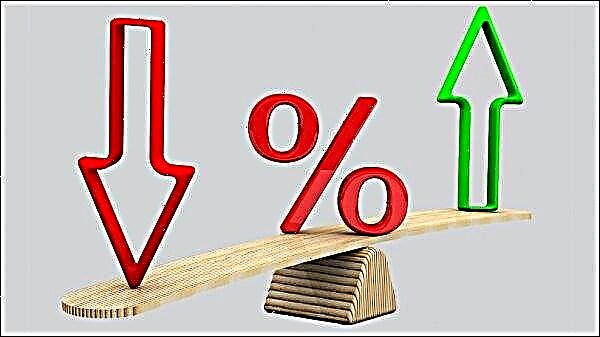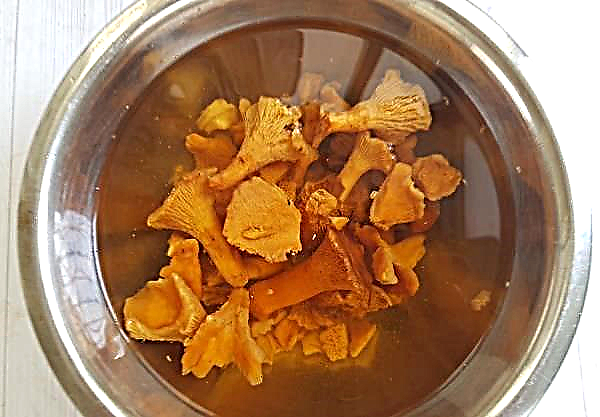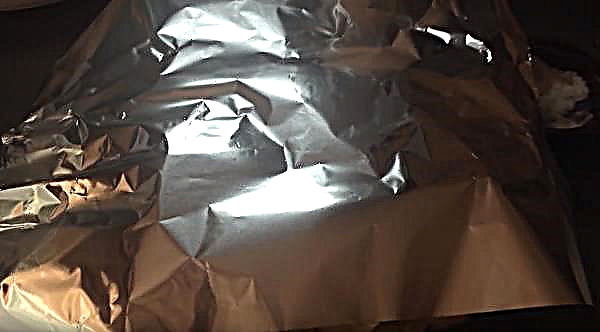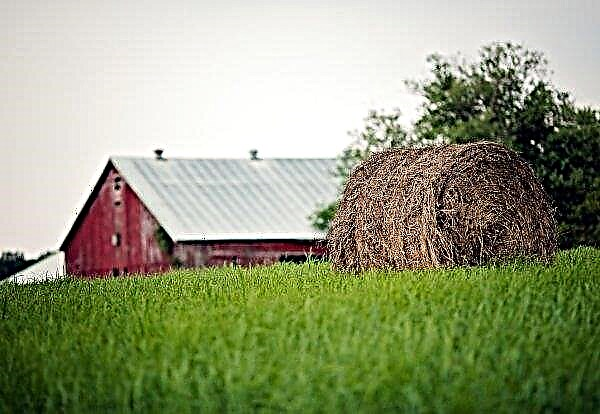Well-known chicken eggs are popular in modern nutrition. The norms of its consumption are quite large, while it is one of the most affordable food products, which is very popular at the same time. In addition, the chemical composition, which will be discussed later, once again proves the presence of an objective need for it. In addition, we learn the internal structure of this product.
Chicken Egg Structure
Consider what this food product consists of, and also find out what its average weight is. But first, let's get acquainted with the structure diagram:
Shell or shell with an outer shell
The outer protective part of the dense egg consistency can be of a different shade: white, pinkish-cream or even brown. In addition, there are breeds of chickens that lay eggs with a greenish or bluish shell. Despite the density, the entire surface is penetrated by the smallest pores, due to which air is exchanged inside the shell.
Air chamber
Placed in the blunt part between the outer and inner shells of the shell. In a fresh egg, it occupies a minimal volume, but gradually, when stored or exposed to high temperatures, it begins to grow. During incubation, it is thanks to this part that the unheated chick breathes.

Protein
A transparent liquid of a heterogeneous structure occupies 2/3 of the total volume. A denser consistency is located near the yolk, less dense - occupies the remaining volume.
Germ yolk
The yolk with the embryo takes up the rest of the space, namely 1/3 part. In eggs that are hatched in poultry farms, the embryo is barely noticeable, but in village eggs it can reach 4 mm in diameter. The yolk can be colored in all shades of yellow and orange. The chemical composition of this does not change.
Important! The yolk is of the greatest value, as it contains a supply of all the nutrients that are needed for the development of the embryo.
Cord
The cords or chalases resemble the umbilical cord, which goes to the base of the egg, where the air chamber is located. Chalases help the yolk stay in the center.
Average weight
The average weight of 1 egg is 40–65 g. The mass of eggs is divided according to GOST, depending on the category it is:
- 3rd - 35–44.9 g;
- 2nd - 45–54.9 g;
- 1st - 55–64.9 g;
- selective - 65–74.9 g;
- the highest - from 75 g.
The chemical composition of chicken eggs
A healthy product obtained naturally, without the use of hormones and antibiotics, is approximately the same in composition. The calorie content of 100 g of the edible portion is 157 kcal. In addition, it contains the following useful substances:
In addition, it contains the following useful substances:
Vitamins:
- A 0.25 mg;
- B2 - 0.44 mg;
- B4 - 251 mg;
- B5 - 1.3 mg;
- B6 - 0.14 mg;
- E - 0.6 mg;
- PP - 3.6 mg;
- niacin - 0.19 mg.
Macronutrients:
- K - 140 mg;
- Ca - 55 mg;
- Na - 134 mg;
- S - 176 mg;
- Ph - 192 mg;
- Cl - 156 mg.
Trace elements:
- Fe - 2.5 mg;
- Mn - 0.029 mg;
- Zn - 1.11 mg.
Did you know? The largest egg was laid in Cuba, its weight was 148 g. The smallest in Papua is New Guinea, its weight is 9.74 g.
Amino acids:
- arginine - 0.79 g;
- valine - 0.77 g;
- leucine - 1.08 g;
- lysine - 0.9 g;
- phenylalanine + tyrosine - 1.13 g;
- aspartic acid - 1.23 g;
- glutamic acid - 1.77 g;
- serine - 0.93 g.
Protein composition
In addition to moisture, the protein contains a large number of proteins of animal origin:
- 54% of ovalbumin is a reserve for embryo formation;
- 13% ovotransferrin - a substance with an antibacterial effect;
- 3.4% lysozyme is an enzyme for increasing the properties of ovotransferrin;
- 3.5% high viscosity glycoproteins;
- 2% ovoglobulin.

There is also an ovomucoid in the protein - an allergy-causing substance, so the assertion that consuming this product without the yolk is safely wrong.
Did you know? There is a breed that lays eggs with three yolks, it is called Yellow Orpington.
What is in the composition of the yolk
Almost a third of the yolk consists of fats; in addition, 16% of proteins and 50% of water are present in it. Carbohydrates make up about 2%.
In addition, the composition of the yolk contains:
- 9 essential amino acids that the body needs;
- B vitamins;
- carotene;
- Vitamin E, F, K;
- lipids;
- lecithin;
- micro and macro elements.
Important! Chicken egg contains a large amount of cholesterol - up to 140 mg. The presence of such a substance still leads to disputes between physicians and nutritionists regarding the benefits of using such a product.
The chemical composition of the shell
The shell is 90% calcium carbonate, and it is absorbed completely, unlike chalk.
In addition, it contains other trace elements:
- copper;
- fluorine;
- manganese;
- phosphorus;
- silicon;
- zinc.

Nutrition Facts of Chicken Egg
The composition contains useful substances in the following amounts:
- proteins - 12.7 g;
- fats - 11.5 g;
- carbohydrates - 0.7 g.
Characteristic deviations and defects of eggs
Sometimes in the structure of this product there are some deviations, we will consider each in more detail.
Two yolks
This defect is the presence of two yolks in one egg, each of which is surrounded by a separate layer of dense protein. Such anomalies occur in young chickens in which the process of laying is not stable.

Since in older adults, a new egg cell is born only at the time of laying the finished product. Such a defect leads to larger sizes, while they differ in an elongated and slightly narrowed shape.
Blood in the egg
Such a deviation is the most common defect. A similar spot is usually located on the surface of the yolk, and also dark red spots are present in the protein. Moreover, their shape and quantity may be different.
Most often, such deviations occur during separation from the ovary, but there are cases when there are abnormalities in the oviduct, which leads to rupture of small capillaries and as a result of the formation of blood clots.
In addition, the following situations may be the causes of such problems:
- frequent stress;
- poor nutrition;
- decreased immunity;
- infections and bacteria;
- age-related changes;
- bite eggs;
- pedigree qualities.
Despite the fact that such a defect does not affect the taste in any way, due to disgust such products are withdrawn from sale.
After reviewing the information contained in our article, there should be no reason to refuse this product. Even with the presence of controversial cholesterol, it is very beneficial to eat.



